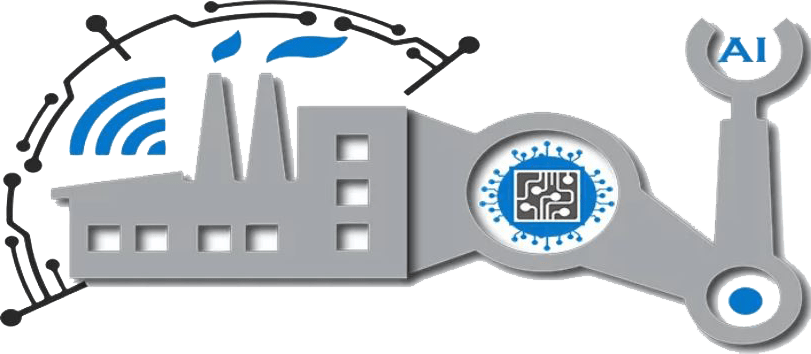Enabling Digital Transformation and Intelligent Connectivity
Abstract:
As Industry 5.0 continues to unfold, the integration of cloud computing emerges as a pivotal force in driving digital transformation, fostering intelligent connectivity, and redefining industrial processes. This paper delves into the intricacies of cloud computing’s role in Industry 5.0, exploring key components, applications, challenges, and the transformative impact on the industrial landscape.
1. Introduction:
Industry 5.0 represents a new industrial era marked by the fusion of digital technologies, automation, and intelligent connectivity. At the heart of this transformation is the integration of cloud computing, a paradigm that not only enhances data storage and processing capabilities but also catalyzes collaborative and data-driven decision-making across the industrial ecosystem.
2. Key Components of Cloud Computing in Industry 5.0:
a. Edge Computing Integration: Cloud computing in Industry 5.0 extends beyond centralized data centers to incorporate edge computing. Edge devices, located closer to the point of data generation, optimize real-time processing, reducing latency and enhancing overall system responsiveness.
b. Hybrid Cloud Architectures: Industry 5.0 leverages hybrid cloud architectures, combining on-premises infrastructure with public and private cloud resources. This hybrid approach ensures flexibility, scalability, and efficient resource utilization, catering to the dynamic needs of modern industrial processes.
c. IoT Connectivity: Cloud computing serves as the backbone for the Internet of Things (IoT) in Industry 5.0. The cloud provides a scalable and secure environment for collecting, processing, and analyzing data from a myriad of IoT devices, facilitating data-driven insights and decision-making.
3. Applications in Cloud Computing for Industry 5.0:
a. Predictive Maintenance: Cloud-based analytics and machine learning algorithms analyze data from sensors and equipment to predict maintenance needs. This proactive approach minimizes downtime, reduces operational costs, and extends the lifespan of industrial assets.
b. Supply Chain Optimization: Cloud computing enables real-time collaboration and data sharing across the supply chain. From inventory management to demand forecasting, Industry 5.0 utilizes cloud-based platforms to enhance supply chain visibility, efficiency, and responsiveness.
c. Digital Twins for Simulation: The cloud facilitates the creation and management of digital twins—virtual replicas of physical assets or processes. Industry 5.0 utilizes cloud-based digital twins for simulation, testing, and optimization, improving the design and performance of industrial systems.
4. Challenges and Considerations:
a. Data Security and Privacy: The interconnected nature of Industry 5.0 raises concerns about data security and privacy. Cloud computing solutions must implement robust encryption, access controls, and compliance measures to protect sensitive industrial data.
b. Interoperability: Achieving seamless interoperability between diverse cloud platforms and industrial systems is a challenge. Standardization efforts and open-source initiatives are crucial for ensuring compatibility and smooth integration.
5. Future Implications:
The integration of cloud computing into Industry 5.0 holds profound implications for the future of industrial processes. From fostering innovation and collaboration to enhancing operational efficiency, cloud-based solutions contribute to a more resilient and adaptive industrial ecosystem.
6. Collaborative Decision-Making and Innovation:
a. Real-Time Collaboration: Cloud computing enables real-time collaboration among geographically dispersed teams. This collaborative environment fosters agile decision-making, innovation, and knowledge-sharing across the industrial value chain.
b. Agile Development and Scalability: Cloud-based platforms support agile development methodologies, allowing industrial processes to adapt quickly to changing requirements. Scalability ensures that resources can be provisioned or de-provisioned dynamically based on demand.
Conclusion:
As Industry 5.0 unfolds, the role of cloud computing becomes increasingly integral in shaping a connected, intelligent, and data-driven industrial landscape. By embracing the potential of cloud-based solutions, industries can unlock new possibilities, drive efficiency, and navigate the complexities of the evolving digital era.
